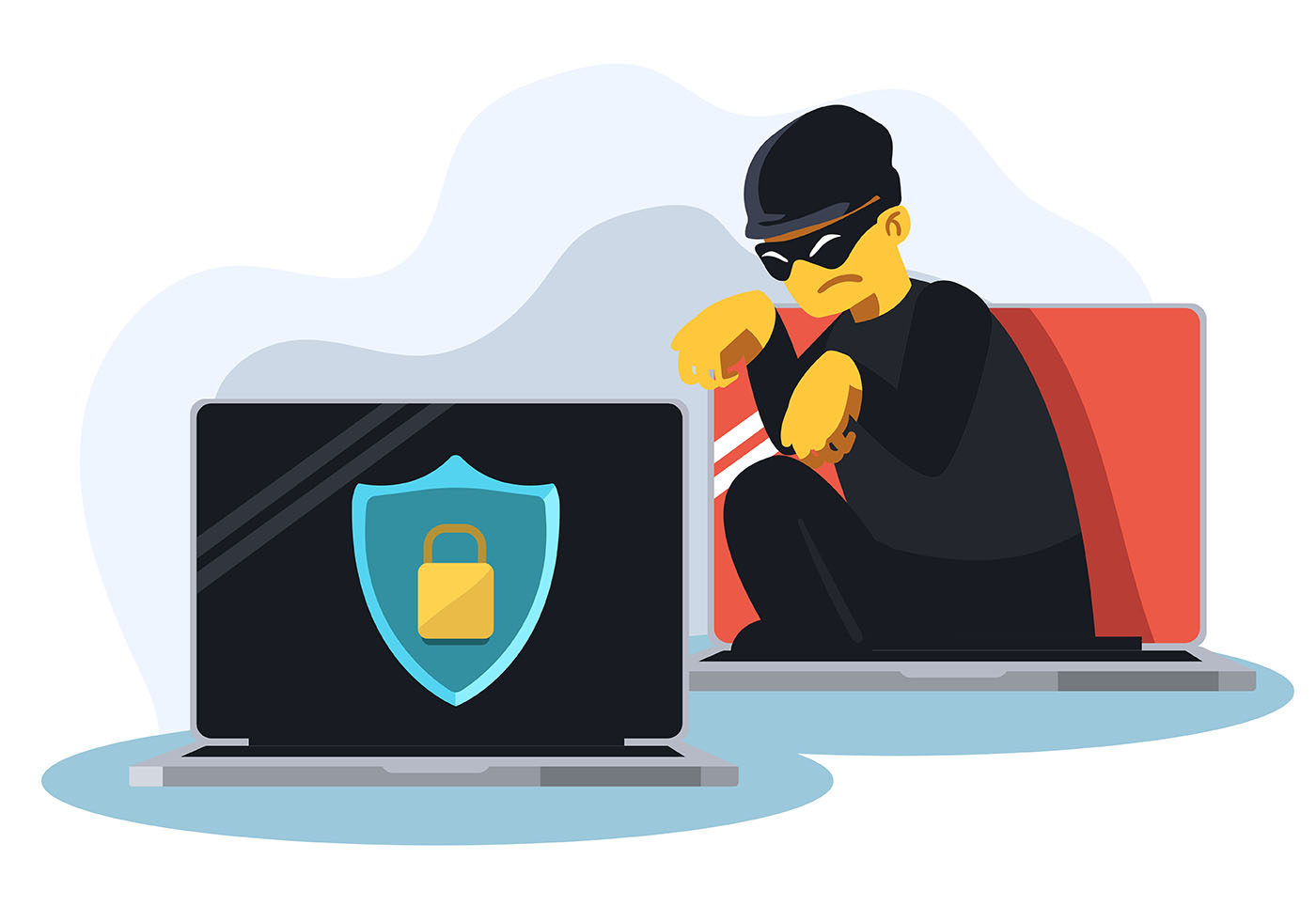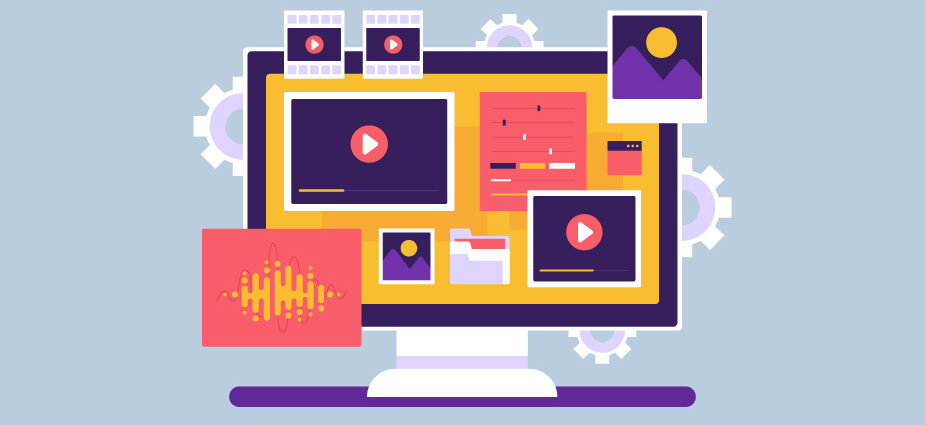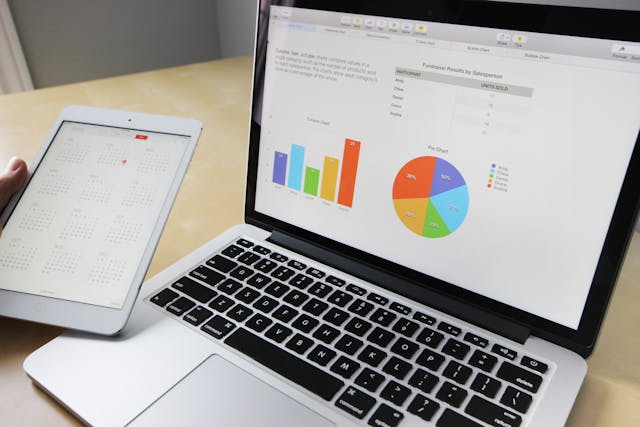In the world where most of our daily operations are processed online, cybersecurity becomes a huge topic. Reports reveal that hackers attack every 39 seconds or over 2.2 thousand times a day. It’s a staggering figure that shows one simple fact – you need to understand hidden threats and learn about corrupted software files. Let’s check out some of the most important facts.
Types of Corrupted Files
People frequently ask me if there are some common types of files that can get corrupted easily. The answer is always the same – hackers can add malware to any type of file. That includes everything from simple text-based documents to complex software.
Hackers usually exploit system vulnerabilities and manmade errors to disseminate malicious code. A report reveals that 95% of cybersecurity breaches take place due to human error, including weak passwords and the lack of system updates.
The Consequence of a Hacker Attack
A cybersecurity breach can happen to anyone, so you should know the basic consequences of a hacker attack. Corrupted files can do one of the following things to your computer:
- Take over the device’s bandwidth and memory to disable standard operations
- Installing, changing, or removing documents from your computer
- Allowing hackers to access the device and use it the way they want
- Exploiting your device to launch malicious attacks on other computers
How to Protect Against Malicious Files
The most important detail in this story is how to protect yourself from cybersecurity threats. Keep in mind that no one is 100% safe here, but the following actions will drastically improve your online safety:
- Install antivirus software: The first tip is to install antivirus software because it automates security functions and successfully detects the majority of threats. There are also platforms that offer document security like CocoDoc.
- Beware of email attachments: A lot of hackers will try to send files that are corrupted via email, so make sure to know who the sender is before opening documents.
- Check source authority before downloading files from the Internet: If a website seems unusual or suspicious, you should not download any documents from it.
- Keep the system up to date: Newer versions of every program come with better security features, which is why you should keep the system up to date.
- Make use of every protection feature in security settings: You should explore security settings in email providers and online browsers to discover and activate the best security models.
Conclusion
Cyber attacks happen frequently and threaten everyone. Don’t think you are perfectly safe because no one is. The only thing you can do is learn about the hidden threats and understand how corrupted software files function. We hope our post helped you figure out the basics, but now it’s your turn to take care of cybersecurity and take digital safety to the whole new level.
AUTHOR BIO
Jane Evans is a full-time cybersecurity specialist and a part-time content creator. Jane loves online writing and she is the right person to consult with if you want to buy an assignment for your courses. Besides that, Jane is the mother of two kids and











